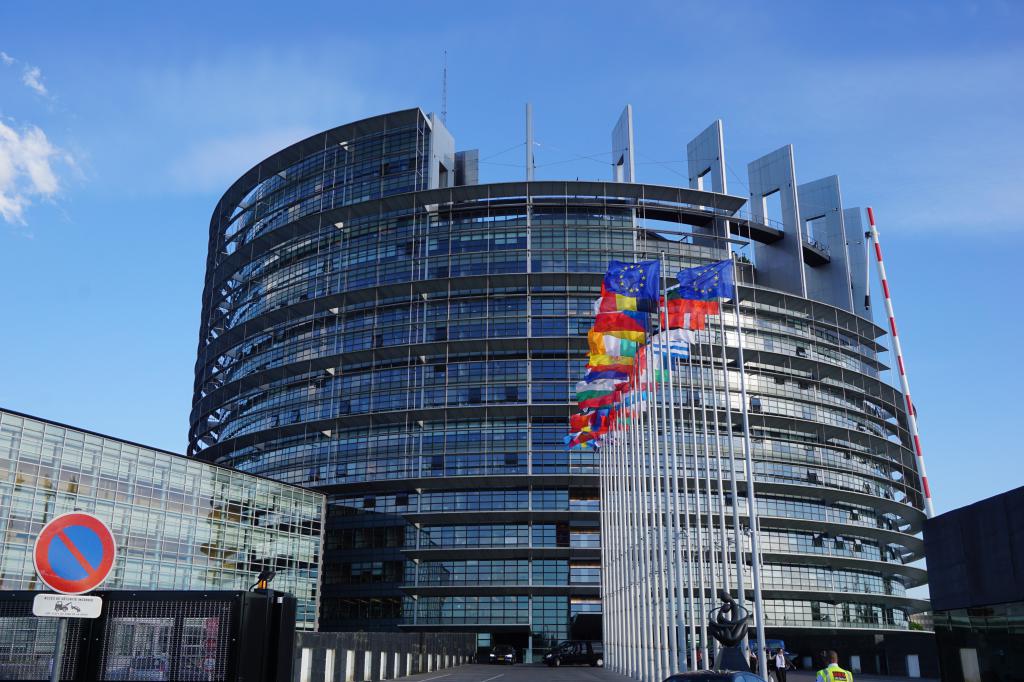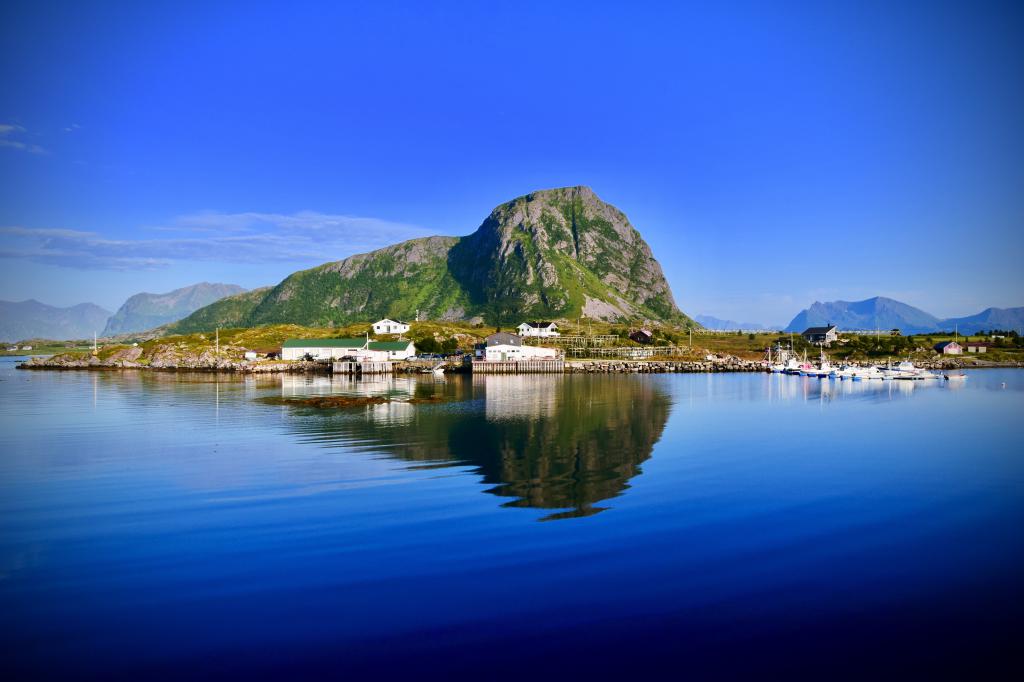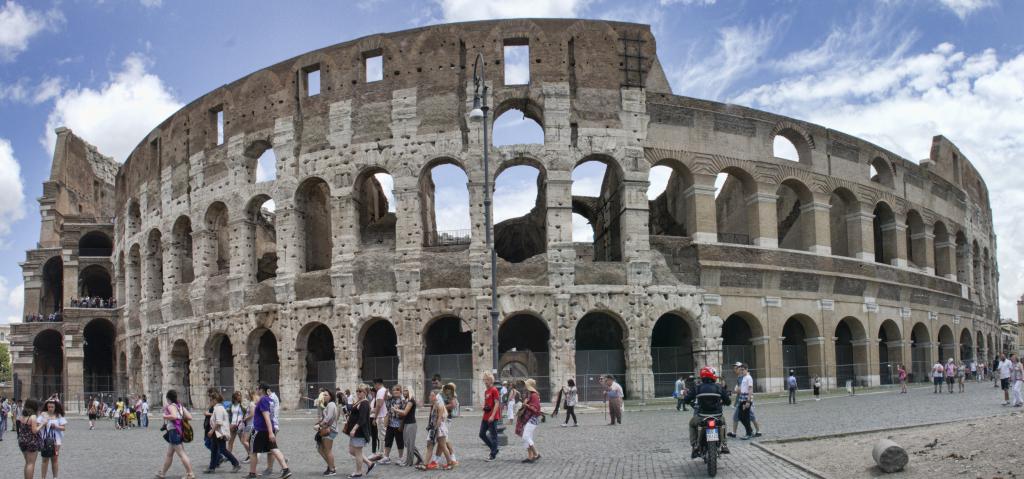The European Economic Area (EEA) was established on January 1, 1994 to integrate non-EU countries. In fact, the agreement was aimed at creating an internal single market, including the European Union market and the markets of four states of the European Free Trade Association (EFTA).
What is the EEA
The goal of creating the European Economic Area is to organize a single domestic market where labor, production and investment can move freely.

The countries agreed to cooperate in research, education and culture, social policy, environmental protection, and consumer protection. In fact, countries belonging to the EEA receive the same rights as members of the European Union, except for participation in pan-European governance bodies and the development of common policies in various fields of activity. There are also restrictions on work in the fishing and agricultural industries. And citizens and economic entities are guaranteed equal rights in a single market.
The law is one for all
When joining the European Economic Area, countries must bring national legislation in line with European legislation, in terms of respecting consumer rights, doing business, social protection, environmental protection, and partly labor law. The changes do not cover agriculture, because then they would have to join subsidy programs, which Norway and Iceland practically do not have, due to climatic conditions, and Liechtenstein is too small a country.

The Scandinavian countries also did not join the general rules of fishing, because then they would have to allocate quotas for fishing for other countries of a single economic space.
Management and regulation
The activities of the European Economic Area are governed by the following structures.
- The Council is the main body making political decisions and giving general recommendations. It includes members of the EU Council, the European Commission and one representative from each country.
- A joint committee that meets twice a year to regulate relations between countries that are part of a single market. He is responsible for compliance with the rules of the domestic market.
- The Advisory Committee, which includes members of the EU Economic and Social Committee, members of the EFTA Advisory Committee. Engaged in the development of proposals and recommendations.
- Joint Parliamentary Committee - is a forum for discussion.
The European Court is used for EU members, and for the EFTA countries the Court of Justice is the European Free Trade Association. It is he who regulates the actions of his members in relation to their obligations.
Some responsibilities

The countries of the European Economic Area that are not members of the European Union are financing the development of a common market. Liechtenstein, Norway, and Iceland contributed over $ 1.3 billion over five years. The funds were used to finance projects in 15 countries of Central and Southern Europe. Settlements between countries from the very beginning were based on an agreement on the European currency system, first in EPE - European units of account, then in ecu, and since 1999 - in euros. All products manufactured in the EEA must be marked with the CE mark, which allows you to freely move and sell products in the domestic market.
Market participants
The European Economic Area includes 31 countries: 28 countries of the European Union and three EFTA countries - Norway, Iceland and Liechtenstein. Citizens and enterprises of European micro-states: San Marino, Andorra, Monaco and the Vatican, can work in a single market with some restrictions. Switzerland is formally not a member of the EEA, but has a number of bilateral agreements with the European Union and enjoys all the advantages of a single market.

Switzerland, which is a member of the European Free Trade Association, did not join the EEA together with all other countries of the association due to the fact that its citizens voted against it in a referendum. The main reason was the reluctance to allow free access to labor from other countries. Switzerland has remained the only country on the domestic market to work in which citizens of other EEA countries must receive special permission.
Two single markets
Gone are the days when the idea of a single European economic space from Lisbon to Vladivostok was seriously discussed. The unification of the European Economic Area and Russia in the foreseeable future is not expected. Meanwhile, the EEA countries are Russia's largest economic partner. More than 50% of Russian exports are supplied to the single European market. Since 80% of exports are hydrocarbons and chemical products with low added value, which is not subject to duties, our country practically does not need a free trade zone with the EEA. After the creation of a single economic space by Russia, Belarus and Kazakhstan - the Eurasian Economic Community - two free markets now coexist: Eurasian and European.
